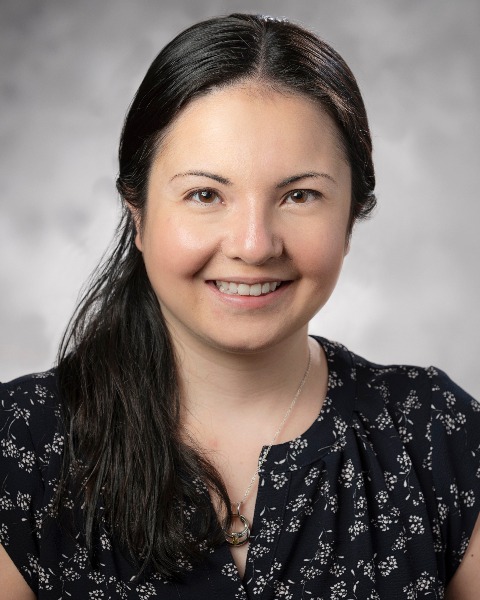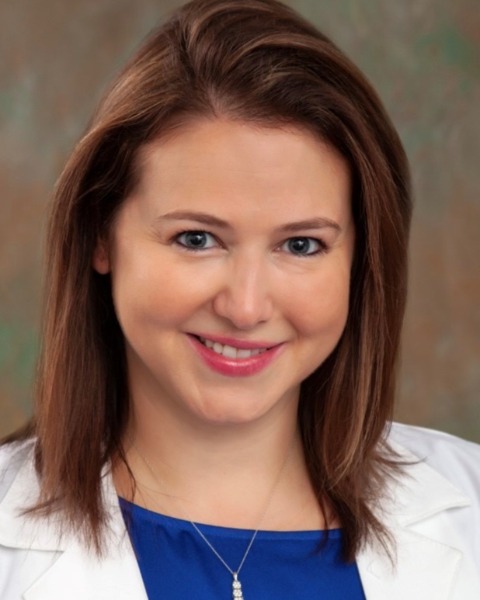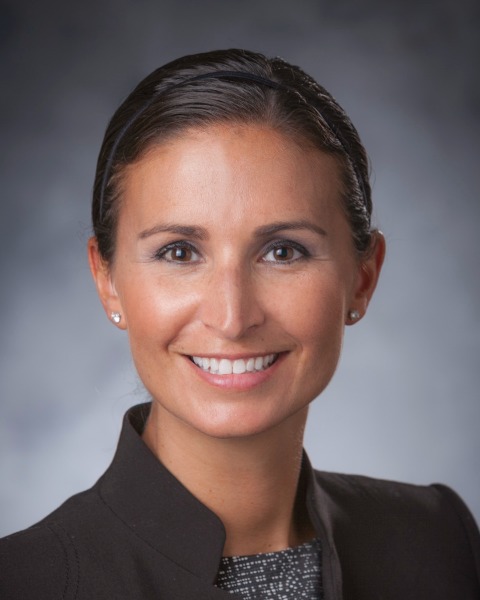Breast
E17: Omission of Axillary Lymph Node Dissection in Patients with Residual Nodal Disease After Neoadjuvant Chemotherapy

Jessica N. Limberg, MD (she/her/hers)
Breast Surgical Oncology Fellow
Duke University Hospital
Cary, North Carolina, United States
Jessica N. Limberg, MD (she/her/hers)
Breast Surgical Oncology Fellow
Duke University Hospital
Cary, North Carolina, United States
Jessica N. Limberg, MD (she/her/hers)
Breast Surgical Oncology Fellow
Duke University Hospital
Cary, North Carolina, United States- TJ
Tyler Jones, n/a
Statistician
Duke University, United States - ST
Samantha M. Thomas, MS
Principal Biostatistician
Duke Cancer Institute, United States 
Astrid M. Botty van den Bruele, MD
Breast Surgical Oncologist
Duke University
Durham, North Carolina, United States- TW
Ton Wang, MD, MS
Assistant Professor of Surgery
Duke University, United States 
Jennifer K. Plichta, MD, MS (she/her/hers)
Associate Professor of Surgery, Surgical Oncology
Duke University School of Medicine
Durham, North Carolina, United States.jpg)
Laura H. Rosenberger, MD MS (she/her/hers)
Breast Surgical Oncologist
Duke University
Durham, North Carolina, United States- MD
Maggie L. DiNome, MD
Breast Surgical Oncologist
Duke University
Wake Forest, North Carolina, United States - AC
Akiko Chiba, MD
Assistant Professor of Surgery
Duke University, United States
ePoster Abstract Author(s)
Submitter(s)
Author(s)
De-escalation of axillary surgery after neoadjuvant chemotherapy (NAC) is evolving, with omission of axillary lymph node dissection (ALND) considered appropriate in many pathologically node negative (ypN0) patients but remains the standard of care for patients with residual nodal disease. The results of the Alliance A011202 trial comparing ALND to axillary radiation in this cohort has not yet been reported. We hypothesize that the trend of omitting ALND is already increasing.
Methods:
The National Cancer Database was queried to identify patients diagnosed with cT1-3 N1 M0 breast cancer who underwent NAC and had residual nodal disease (ypN1mi-2) from 2012-2019. Patients treated prior to the opening of the Alliance A011202 trial (before 2014) were compared to those treated after (2014 onward). Temporal trends in omission of completion ALND were assessed annually. Multivariable logistic and Cox regression models were used to identify factors associated with ALND omission and overall survival (OS), respectively.
Results:
A total of 5,781 patients were included; median follow-up was 5.2 (95% CI 5.12-5.27) years. Patients were demographically similar before and after opening of A011202. The majority presented with cT2 disease (57%), and 71% were HER2+, 23% triple negative, and 6% hormone-receptor-positive (HR+)/HER2-. Overall, 33% of patients underwent sentinel lymph node biopsy (SLNB) alone. Omission of ALND (30% before vs 34% after A011202, p=0.02) and utilization of radiation (80% before vs 83% after A011202, p=0.02) were more common after the opening of A011202 with no difference in administration of endocrine therapy (p=0.32). Rates of ALND were the lowest in the last 2 years of observation (Figure 1). After adjustment, community centers (vs integrated cancer network programs) and lower pathologic nodal burden were associated with omission of ALND. Patients with ypN2 compared to ypN1 disease were less likely to have ALND omitted [OR 0.31 (95% CI 0.24-0.40, p< 0.001]. Omission of ALND was associated with a higher unadjusted OS [5-year OS 85% SLNB alone vs 84% ALND, log-rank p=0.049], however, this association was not maintained after adjustment [HR 1.01 (95% CI 0.83-1.23), p=0.90].
Conclusions:
Despite the impending release of the Alliance A011202 trial, this study demonstrates a trend of increasing omission of ALND in patients with residual nodal disease after NAC. Adoption of this practice appears to be more prominent in community centers and in patients with lower burden of nodal disease after NAC. However, there was no association with OS noted with limited follow-up.
Learning Objectives:
- Describe the national trend of axillary lymph node dissection omission over the last few years.
- List which patients are more likely to undergo axillary lymph node dissection.
- Describe the impact on overall survival with omission of axillary lymph node dissection in our ypN+ patient cohort.
